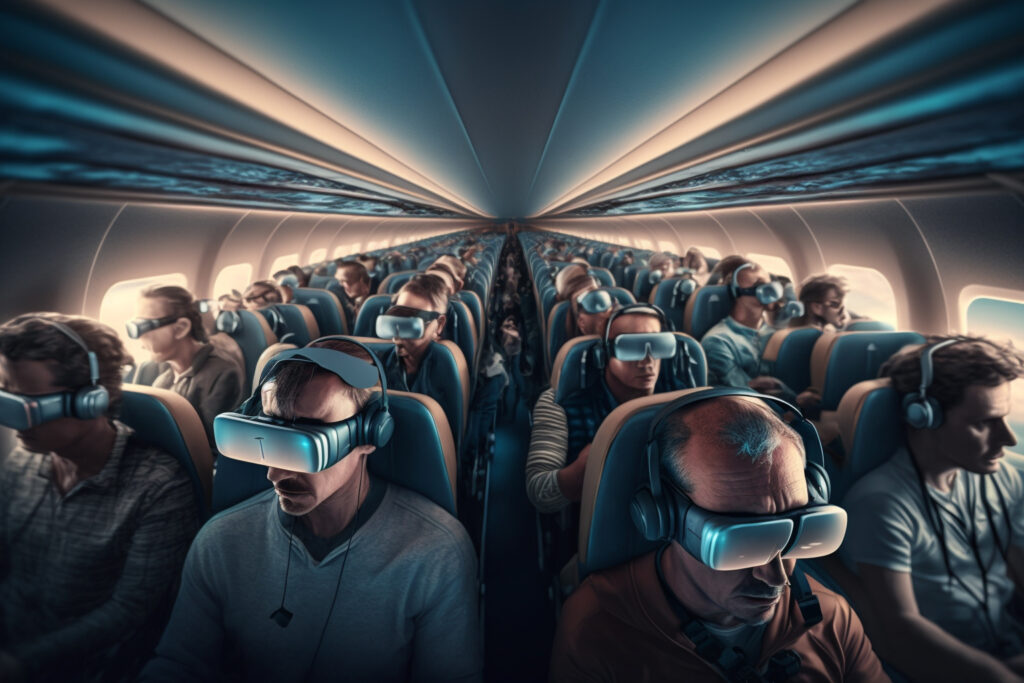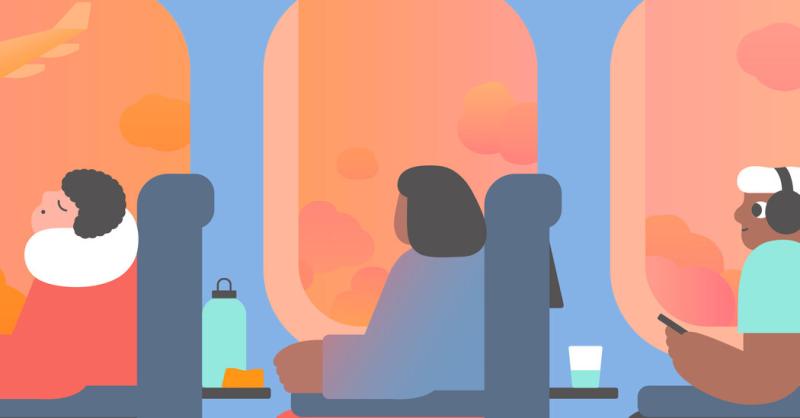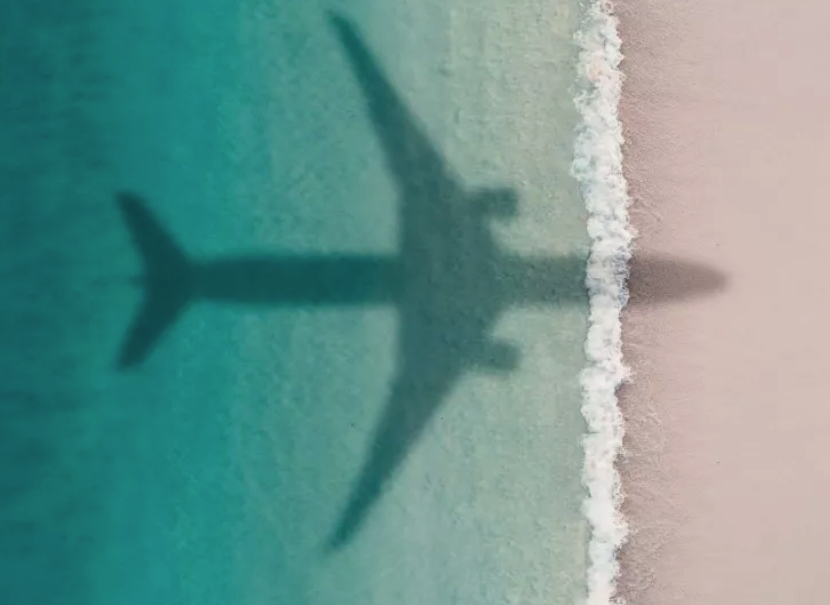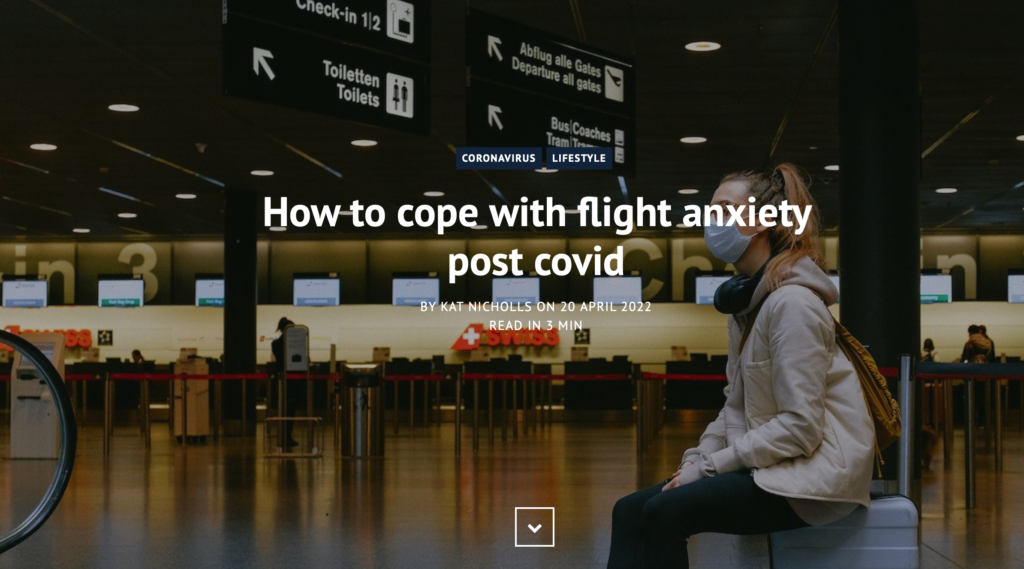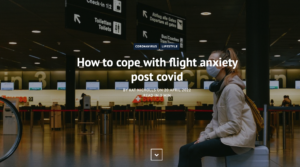By the time I decided to do Virtual Reality Therapy I had done most everything else I could possibly do that was offered. I had done:
- Cognitive Therapy
- Biofeedback
- Hypnosis
- EMDR
- A Fear of Flying Clinic
At the time, the closest Virtual Reality Medical Office to my home was in San Diego, an eleven-hour car ride away. I had never had a problem flying until 1994, when my family and I boarded a small, general aviation plane for a tour over the Grand Canyon. While the plane was built for a fewer amount of people, we were packed into it like sardines. The plane ride was an hour’s worth of bumps, hits and jolts. It felt like the plane wanted to drop out of the sky under the weight of its many passengers and I was in a blind panic the entire time. It was this experience that imprinted a bad belief system and distorted view of flying in my head.
When the plane finally touched down, I got out of the plane and kissed the ground. Literally, the first words that came out of my mouth were “My life has been changed forever” and for seven years, that statement was true. While I continued to fly after that incident, it was never the same. For instance, when I had travel plans that involved flying, I would begin having anticipatory anxiety about three weeks before the scheduled flight. I would lose sleep. I would have nightmares. I would obsess about the flight.
My mind couldn’t think about anything else BUT the flight. My thought process would be filled with “what if’s.” It was so bad that by the time the day of travel came around, I emotionally didn’t have anything left over for the actual flight. My desire and drive and inner-strength for flying were completely zapped and spent. There was nothing emotionally left over for me to push through the actual flight. I felt paralyzed by the fear.
On one occasion, after I had boarded a plane with my two children and just before the Flight Attendant closed the door to the aircraft, I bolted off the plane leaving my children behind to fly on without me. I will never forget the tears and look of disappointment on their faces. At that point, I stopped flying all together for a number of years. I was exhausted and I was tired of putting my family through this unforgiving process each and every time we wanted to fly someplace.
Then, I found Virtual Reality Therapy. For me, because of the nature of the feedback I received during the VRT sessions, I was able to identify my “flying rough spots” easier. Virtual Reality Therapy gave me more concrete feedback about what I, as a nervous flyer, needed to work through to begin flying again. Because the “fear” had this “invisible hold” on me, Virtual Reality Therapy gave me a realistic and physiological perspective about myself that I could grasp and wrap my mind around so that I could actually understand what it was I needed to do to progress. Working yourself out of fear to the point where you can fly without anxiety or panic is a process that is unique to each person. Whatever you do, don’t stop trying – even if it seems nothing is working. In the long run, it will all pay off.
First, you need to be committed to finding a “cure” for yourself. Fear of flying is the type of thing that will creep back into your life if you don’t keep it in check. Therefore, don’t fly less because of the fear, FLY MORE! Fly as often as you possibly can. By flying more, you will be giving yourself a chance to purge your old belief system. By flying more, you will be giving yourself the chance to put your new belief system into place. By flying more, you will be able to prove to yourself that the old belief system simply doesn’t work any longer.
Helpful Hints
Take all the “decision making” out of flying beforehand. Do whatever you can “pre-flight” to prepare so that on the day of your flight, all the choices and decisions surrounding flying are done. There’s nothing worse for a nervous flier than to have to make even the simplest decisions and/or choices on the day of travel. The nervous flier’s mind is simply too balled up in fear at that point. For example:
- The night before you travel, lay out the clothing you will be wearing on your flight.
- Be absolutely packed by the day before travel, including your Bag of Tricks, which may include:
- MP3 player packed with your favorite music
- Bottled water
- Battery powered fan
- Inspiration index cards
- Pictures of loved ones
- Reading materials
- Allow yourself plenty of time to get to the airport and checked in at the gate.
- Once at the airport, take a more positive cue from fellow travelers. Look around and notice how everybody is just going about their own business, without fear. Being around other travelers can put your “distorted view of flying” back into perspective.
- Once you have boarded, let the Flight Attendant know you are a nervous
flier and ask to be checked on from time to time.
- Now that most airplanes have sky phones on them, arrange for a family member or friend to stay by the telephone while you are in flight. If you feel restless or out-of-sorts, use the sky phone to call that person. It is a very calming thing to do.
- Ask the Flight Attendant if you can meet the pilots. Talk with the Pilots about anything that’s on your mind. Pilots and Flight Attendants are the nicest and most helpful people. Remember, the airline industry wants your business. To get it, though, they must first earn your trust and respect – and they do this by wanting to make your flight comfortable. It’s OK to lean on them.
For more information on Kathy’s story, click here.
